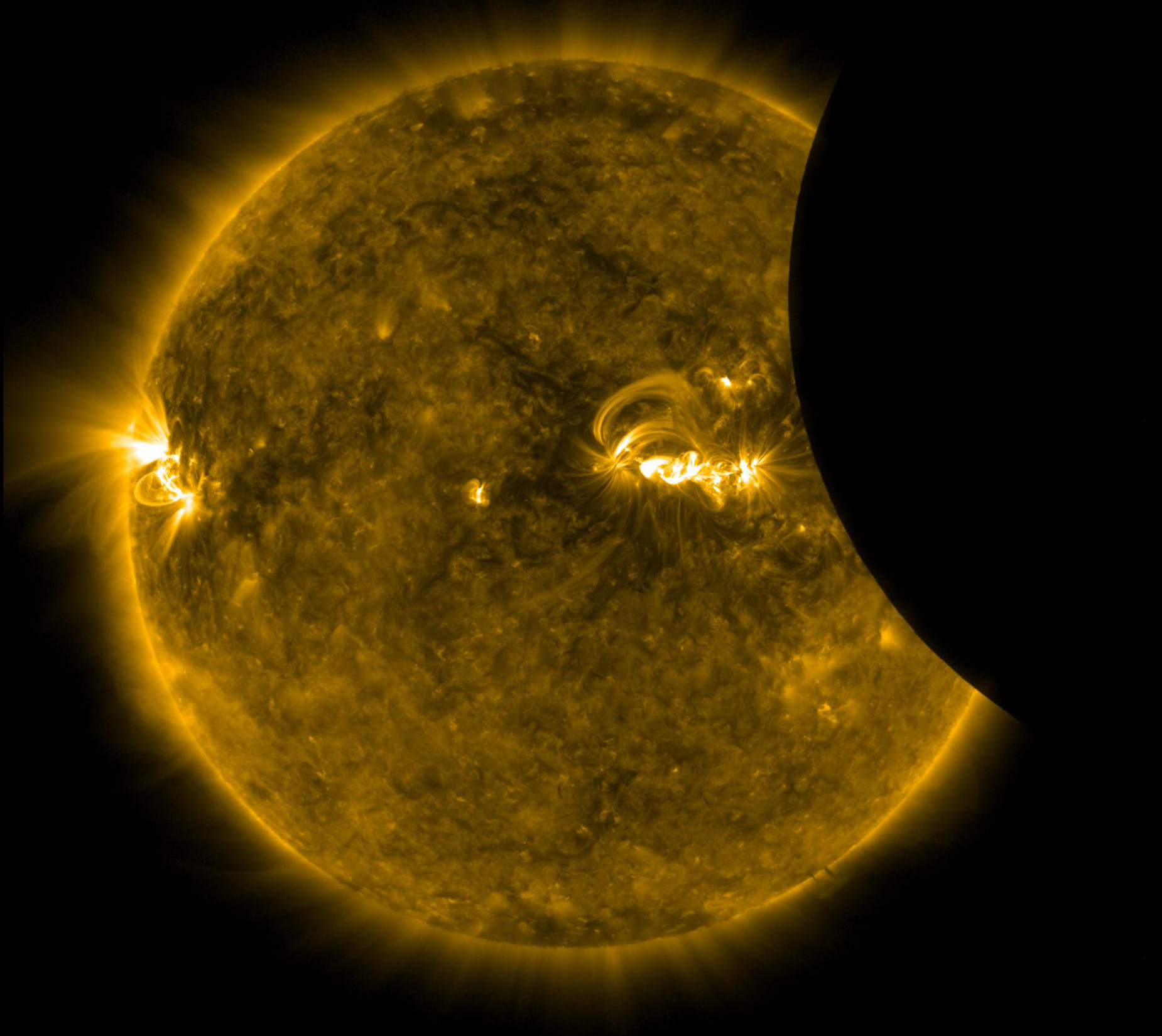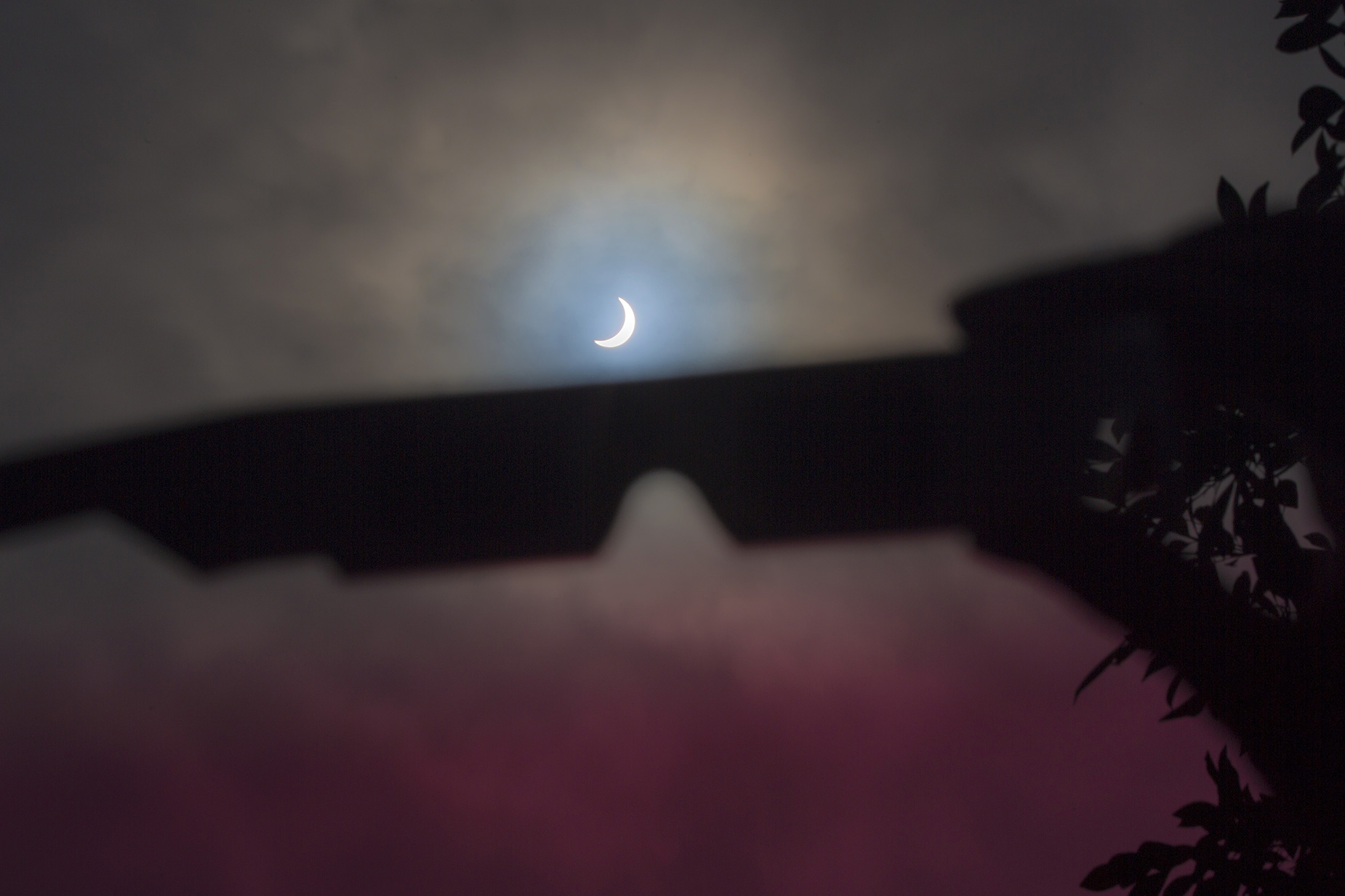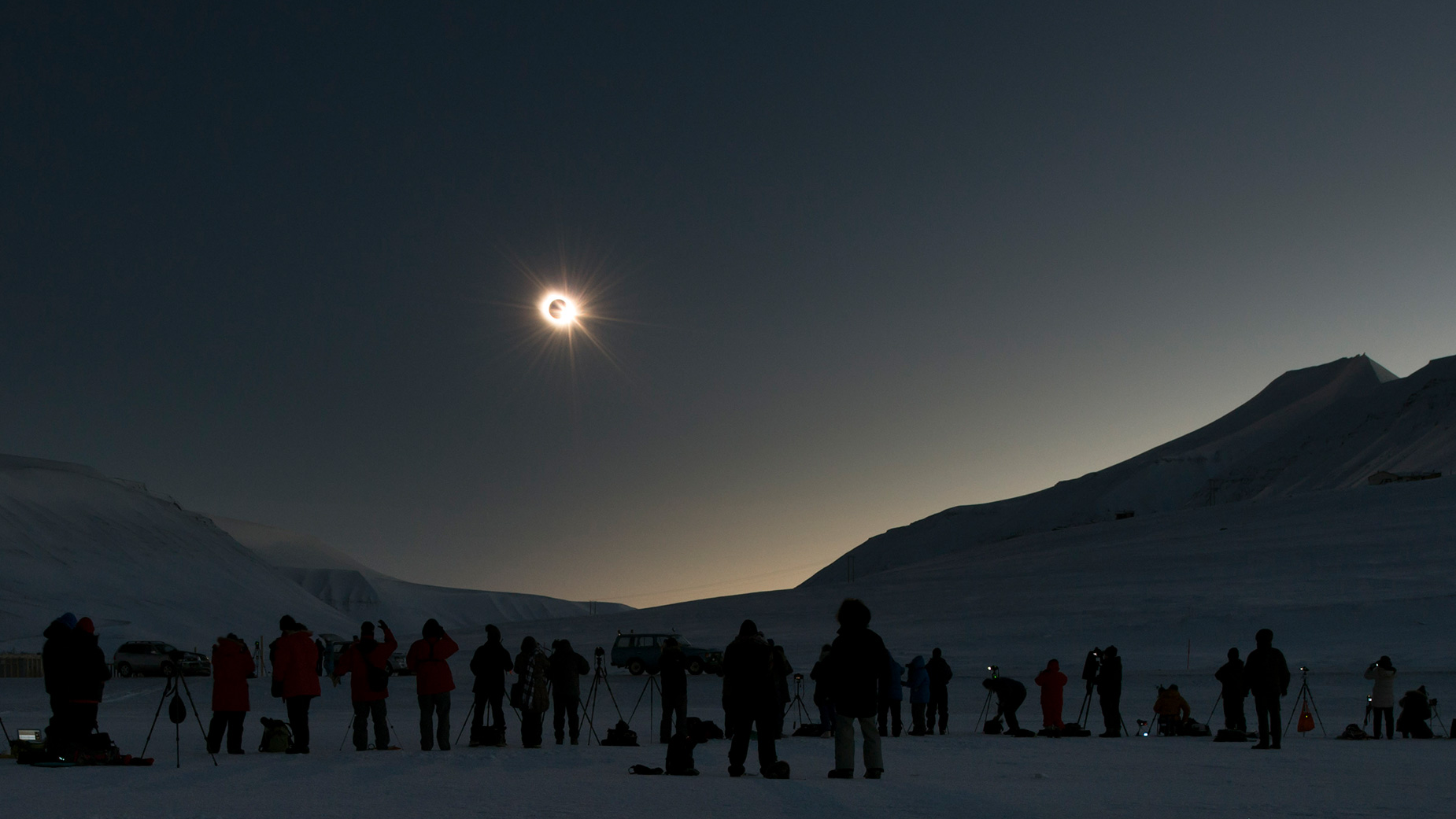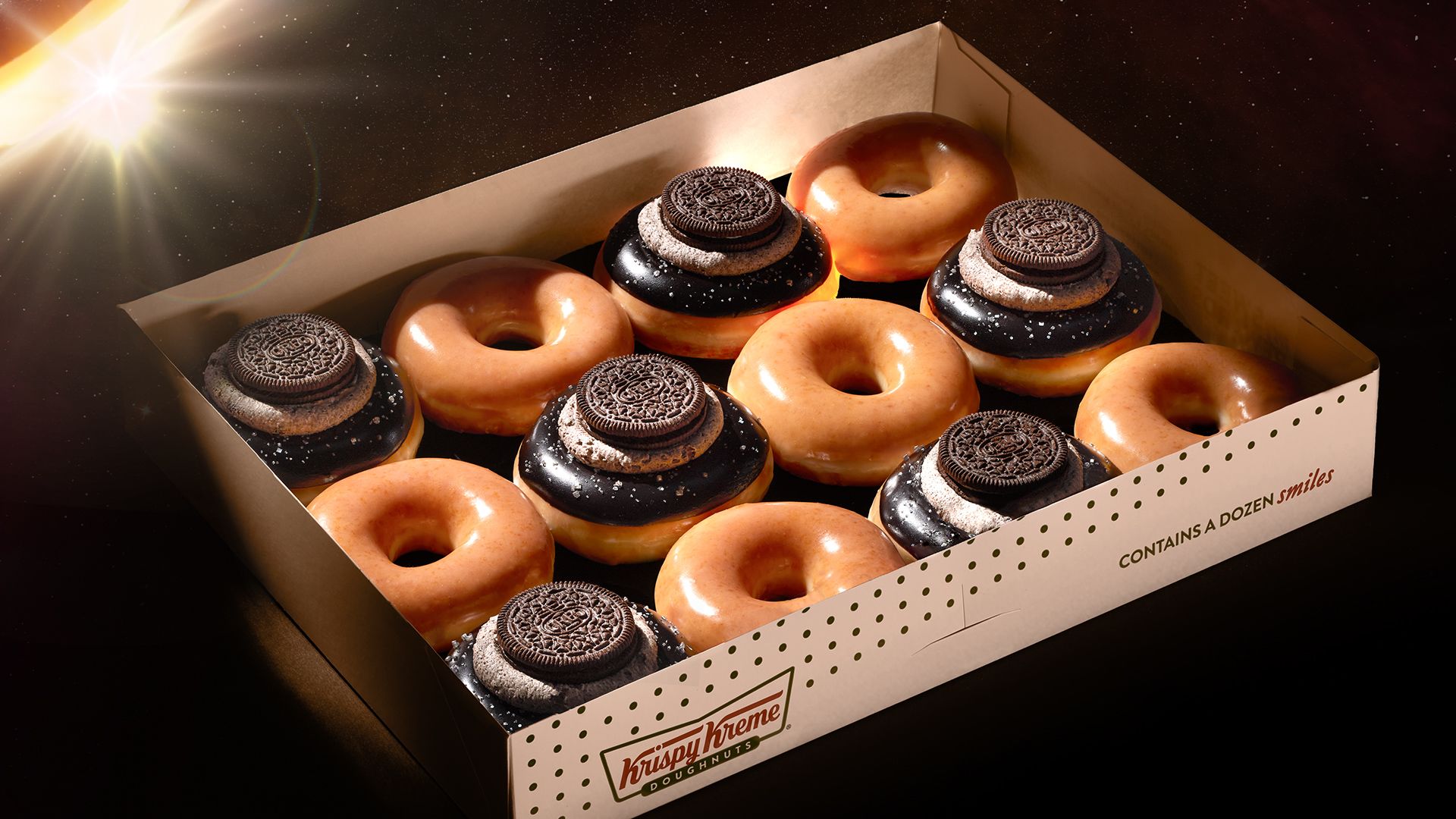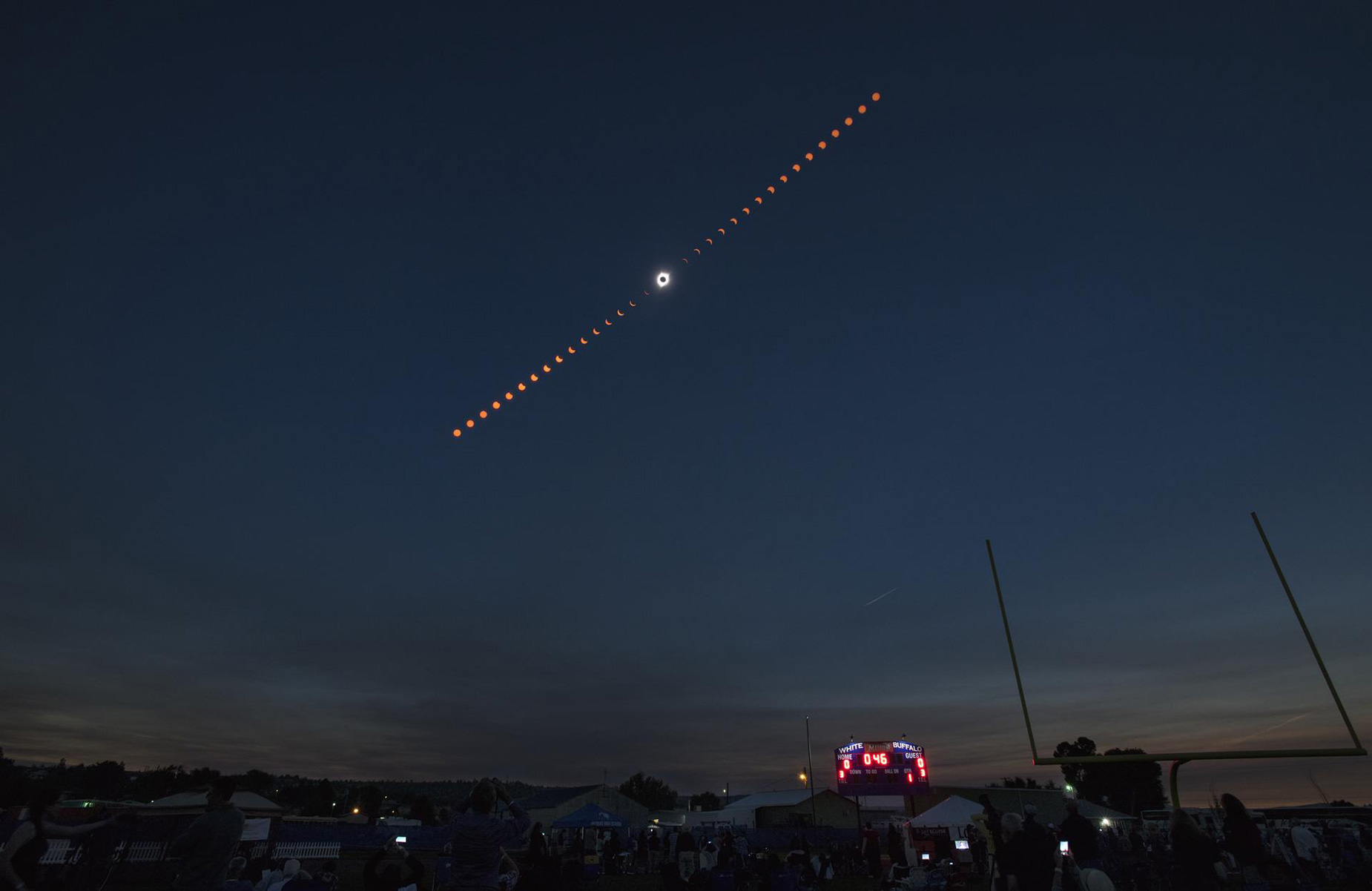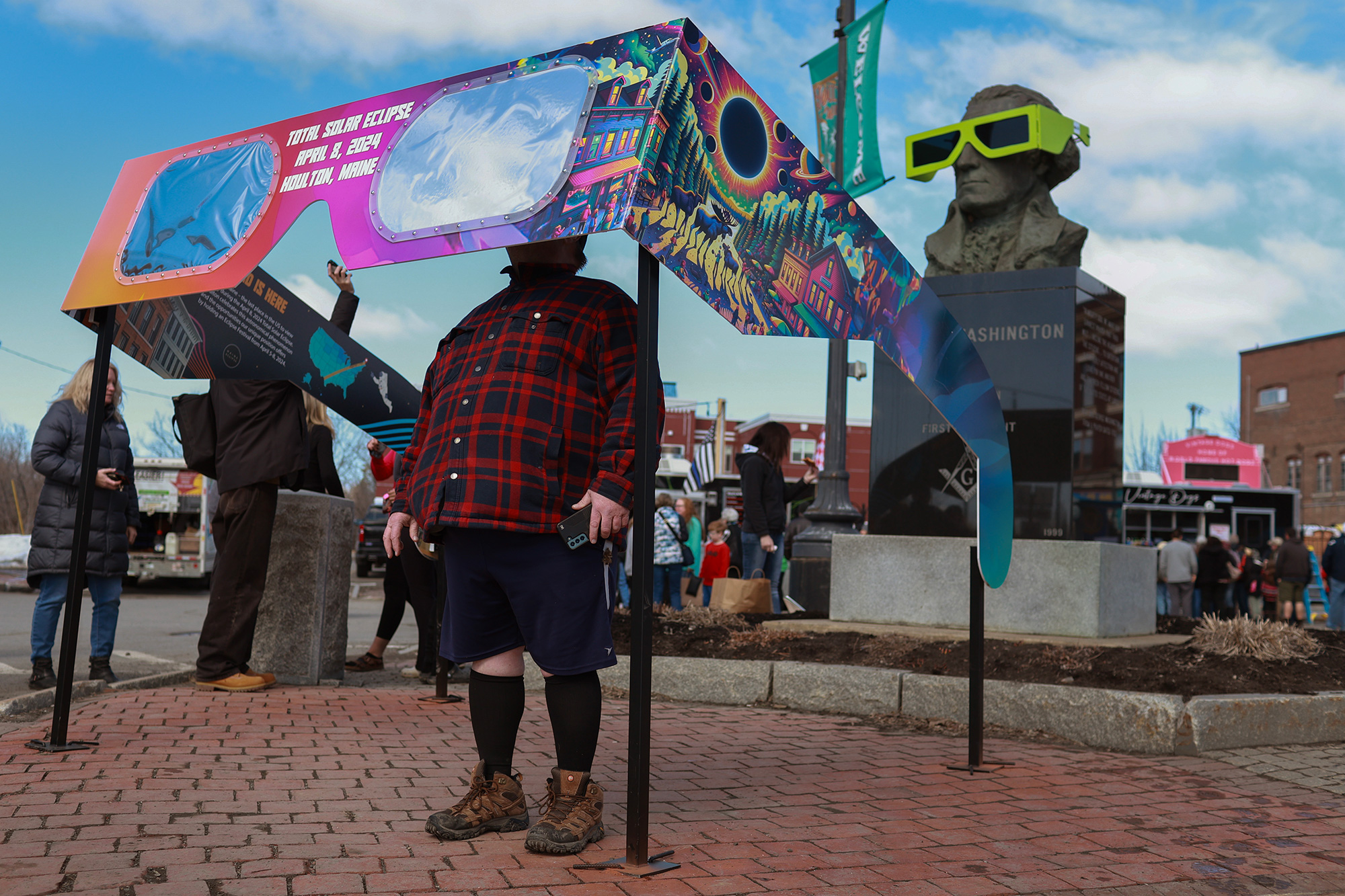After days of obsessing over clouds, millions of eclipse watchers are finally getting a clear picture of which areas of the US are most likely to have ideal, good and disruptive viewing conditions.
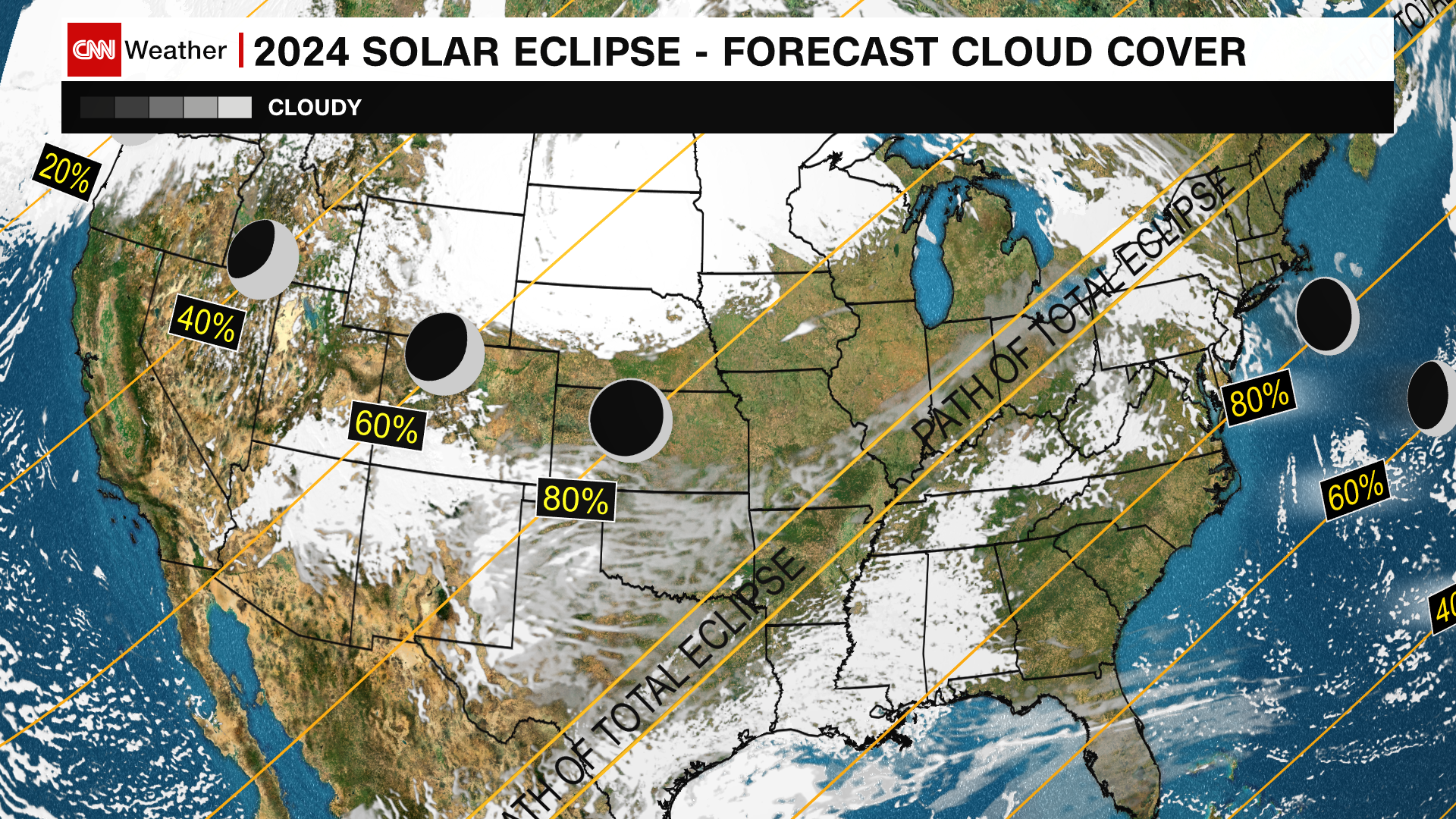
Ideal: Lucky viewers in northern New England, including Maine, New Hampshire and much of Vermont should get the absolute best view of totality. Parts of the Plains and West could have similar great conditions for views of a partial eclipse.
Good: Expect these conditions in parts of the Midwest, including Indiana, Missouri and Illinois. Clouds in this area should be of the high and more scattered variety, which will at least afford some view of the eclipse.
Disruptive: For areas in the path of totality, these conditions are expected in the South, particularly southern Texas, and in the eastern Great Lakes and Interior Northeast. The Northern Plains also looks rough for partial eclipse views.
Of course, nothing in weather is simple. The final thickness, type and coverage of cloud overhead at the exact moment of totality will also decide how much of the eclipse you can see from the ground.
The colorful graphic below shows a forecast model's depiction of how thick and at what levels of the atmosphere the clouds will be at 2 p.m. ET. If you've clouds in your forecast, thicker, low-level ones are the worst for viewing since they block out the sky. Higher, scattered clouds tend to afford the best chance of a view.






